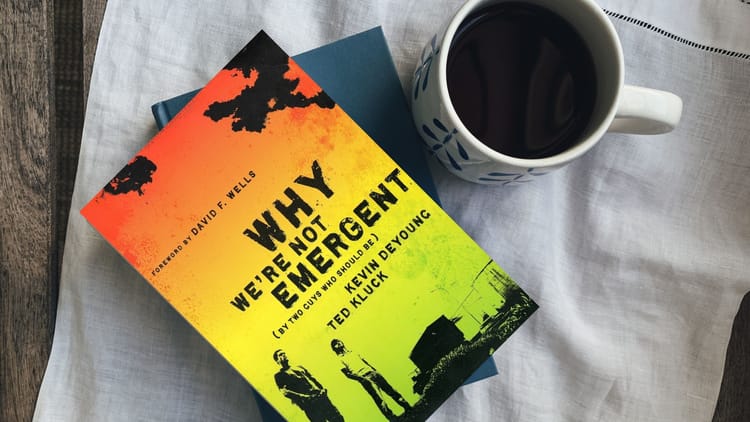Two Truths We Find Hard to Grasp

Lola was a slave.
She grew up in a poor family in a rural part of the Philippines. She was penniless, unschooled, and gullible. Her parents wanted her to marry a pig farmer twice her age, but she was unhappy at the prospect. When a lieutenant approached her with an offer, she couldn’t resist: she could have food and shelter if she would commit to taking care of his young daughter.
Lola agreed. She had no idea she had signed up to become a slave for life.
Lola lived with that daughter, and eventually her children and grandchildren, for fifty-six years, both in the Philippines and America. She raised children. She cooked and cleaned from dawn to dark. She was tongue-lashed and beaten, wore used clothing, and ate scraps and leftovers by herself in the kitchen. She slept anywhere she could find a spot: on couches, in storage areas, in corners, or on piles of laundry.
As Alex, the son of the family that enslaved Lola, grew up he began to understand that Lola was a slave. As a young adult, he gave her an ATM card linked to his account and taught her how to use it. He tried to teach her how to drive.
Later he invited Lola to live with him and his family. He gave her a bedroom and permission to do whatever she wanted: sleep in, watch TV, or do nothing all day. “She could relax—and be free—for the first time in her life. I should have known it wouldn’t be that simple,” he writes in a recent article for The Atlantic. He sat her down. “This is your house now . . . you’re not here to serve us. You can relax, okay?”
“Okay,” she said. And went back to cleaning. She didn’t know how not to be a slave.
One day he came home and found Lola sitting on the couch with her feet up, doing a word puzzle and watching TV, with a cup of tea beside her. She looked up sheepishly. “Progress,” he thought.
Lola had been a slave for so long that she struggled to embrace freedom when it was offered her. She spent the last years of her life with only a fleeting understanding that she was free and loved.
In a similar way, many of us find it difficult to accept our freedom in Christ. The Bible says that we—all of us—have lived as slaves to sin (John 8:34; Rom. 6:20). We’re so used to it that we struggle to understand that, in Jesus, we’re no longer slaves. We’ll spend the rest of our lives trying to live in light of two truths we find hard to grasp: in Jesus we’re free and we’re loved.
In some ways, Lola’s not like us. She did nothing to deserve her slavery. She was a victim. We’re culpable in our slavery. We’ve rebelled against God.
We are like Lola in one way—we have a hard time accepting our freedom. Once Alex invited Lola to live with him, she continued old behaviors: She threw nothing out. She rifled through the trash to make sure others hadn’t thrown out anything useful. She washed and reused paper towels. She kept grocery bags, yogurt containers, and pickle jars. She was free and had everything she needed, yet she continued to live like a poor slave. We’re the same. Though we’ve been set free, we often live like the resources of the gospel aren’t ours.
Our greatest problem isn’t that we lack freedom. We’ve been offered freedom and unimaginable wealth through the gospel. Our problem is that we have a hard time living as if it’s true.
The key to living like you believe Jesus has freed you from your old identity as a slave is having “the eyes of your hearts enlightened, that you may know what is the hope to which he has called you, what are the riches of his glorious inheritance in the saints, and what is the immeasurable greatness of his power toward us who believe, according to the working of his great might” (Eph. 1:18–19). In other words, we must accept what’s true and then live like it’s true.
The place to begin is with the good news of what Jesus has done for us. Believe it. Celebrate it. This news gives us everything we need to grow.
Adapted from How to Grow, which comes out next Tuesday. Continue reading the the first two chapters by downloading a free PDF. No email or registration recovered.






